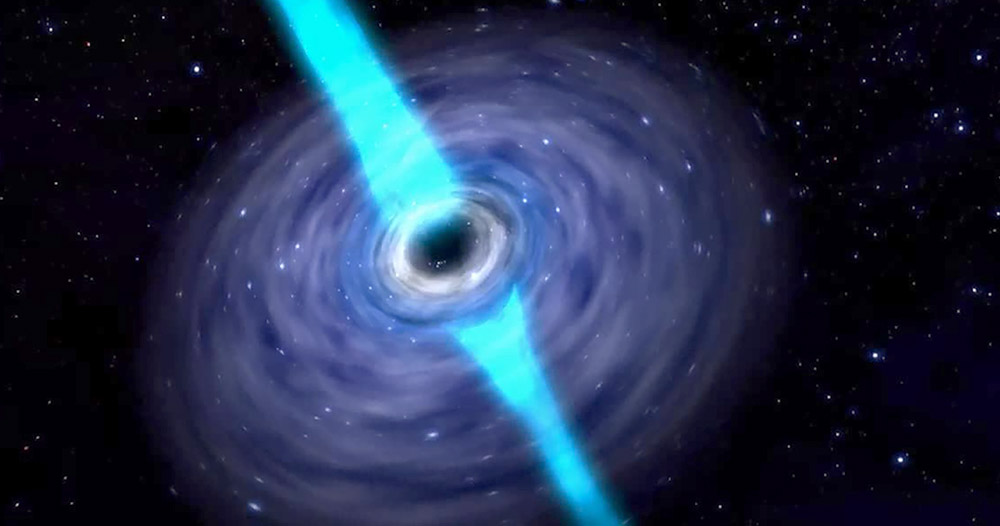Cosmic element formation: stellar black holes can be the site of the long-awaited formation of gold and other heavy elements. Because in the accretion disk around these holes there are enough high-energy free neutrons to produce these elements by fast neutron capture, a model simulation now suggests. So, candidates for this cosmic gold factory are black holes from neutron star collisions, but also from hypernovae.
Most elements of the periodic table did not appear long after the Big Bang – with the formation of the universe’s first stars. Not until nuclear fusion in hydrogen and helium melts into larger atoms, including iron. Even for heavier elements, on the other hand, a neutron capture process is required. Free neutrons have to collide with atoms, sometimes turning into protons and thus forming new elements.
Where are the rest of the element factories?
For gold, platinum, uranium and other heavy elements, ordinary, slow neutron capture But not off. They can appear only if free neutrons have a certain minimum energy – they are released, among other things, in the collision of a neutron star. In 2017, astronomers succeeded for the first time in such a collision first track From Gold & Co. until Proof, 2019 It’s confirmed With a more detailed analysis.
However, there are too few neutron star collisions in the universe to account for the full amount of heavy elements in the universe. Gold, for example, comes ffive times more In our galaxy there is simply too much of this formation pattern, the researchers calculated in 2020. So they suspect the energy is too high hypernova The collapsing neutron star and the resulting black hole allow neutrons to be picked up quickly.
Black hole in the horizon
Oliver Just of the GSI Helmholtz Center for Heavy Ion Research in Darmstadt and his colleagues have now identified which black holes can be considered element factories and how their accretion disks should be designed. “In our study, we systematically examined neutron and proton conversion rates for a large number of disk configurations using complex computer simulations,” Just explains.
The result: in fact, the accretion disks of some black holes have favorable conditions for the formation of the heaviest elements through fast neutron capture. Because there are enough fast neutrons that they can collide with atoms and form new elements, the researchers report.
Disk block is very important
However, there is also a limitation: “What matters is the total mass of the plate. The larger the disk, the more neutrons, protons are formed by capturing electrons and emitting neutrinos, and are thus available for heavy element synthesis using the r process.” More neutrons are converted into protons. Then the neutron family will not have an adequate supply. The team found that the optimal disk mass for the element plant ranges from 0.01 to 0.1 solar masses.
This confirms that black holes created after neutron stars collide can actually be good “factories” for gold, platinum, and the like. Because, according to Jost and colleagues, many of them have accretion disks in this mass range. But also black holes caused by hypernovae are theoretically possible – stellar explosions in which a star first becomes a neutron star and then collapses due to further flow of matter into the black hole. However, the flow of matter should be relatively high, the researchers report.
Many unanswered questions
So black holes and their accretion disks could be places in the universe where the heaviest elements originated and continue to appear. The modeling Just and his team has now helped to explain at least some of the features and requirements for this stuff factory. However, as the researchers also emphasize, the search for fast neutron capture sites has only just begun and many questions remain unanswered. (Royal Astronomical Society Monthly Notice, 2021; doi: 10.1093 / mnras / stab2861)
Source: GSI Helmholtz Heavy Ion Research Center
–


:quality(70):focal(1824x1212:1834x1222)/cloudfront-eu-central-1.images.arcpublishing.com/liberation/ZV27UWKWRJGZTPJ5JPPKT2UZPY.jpg)